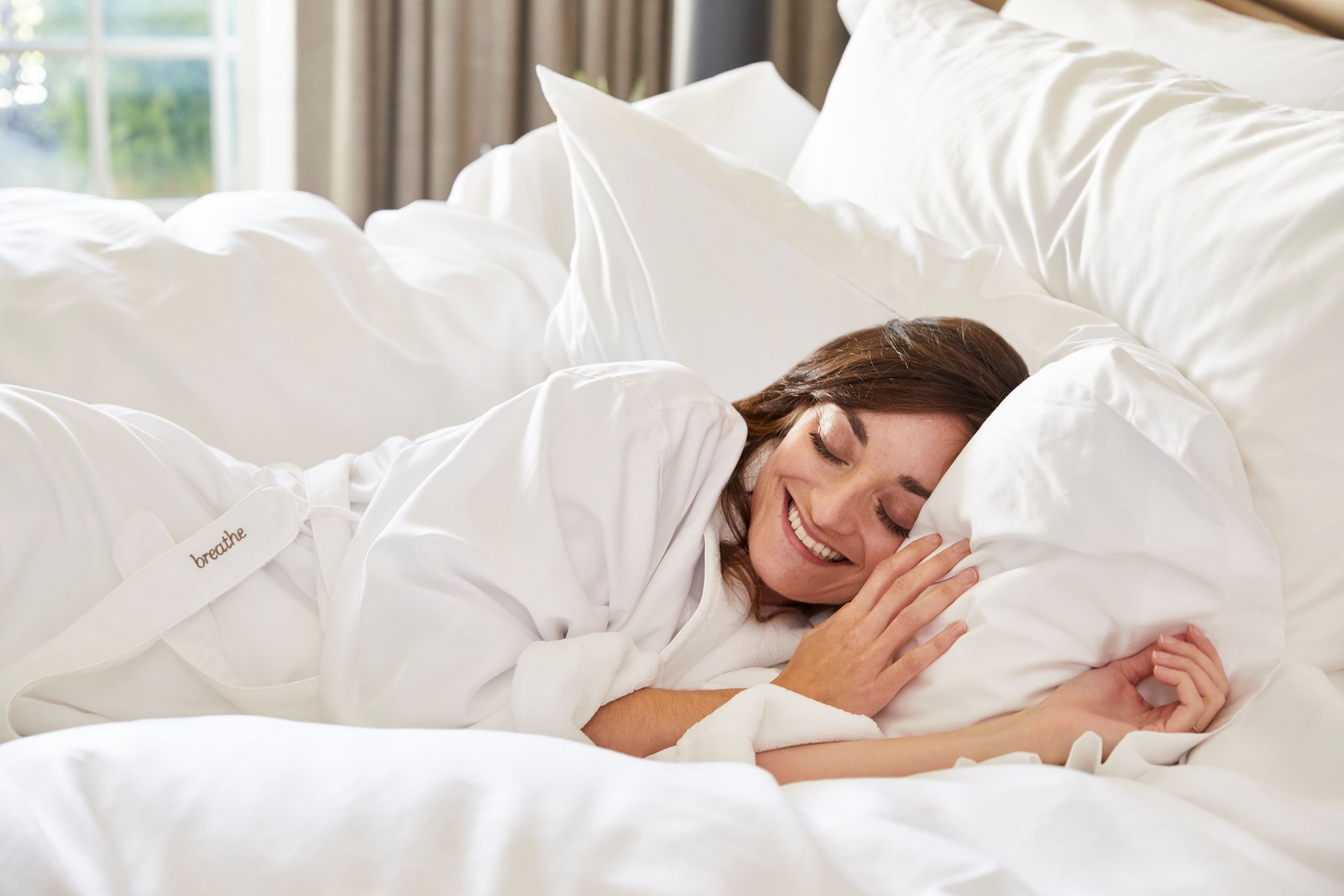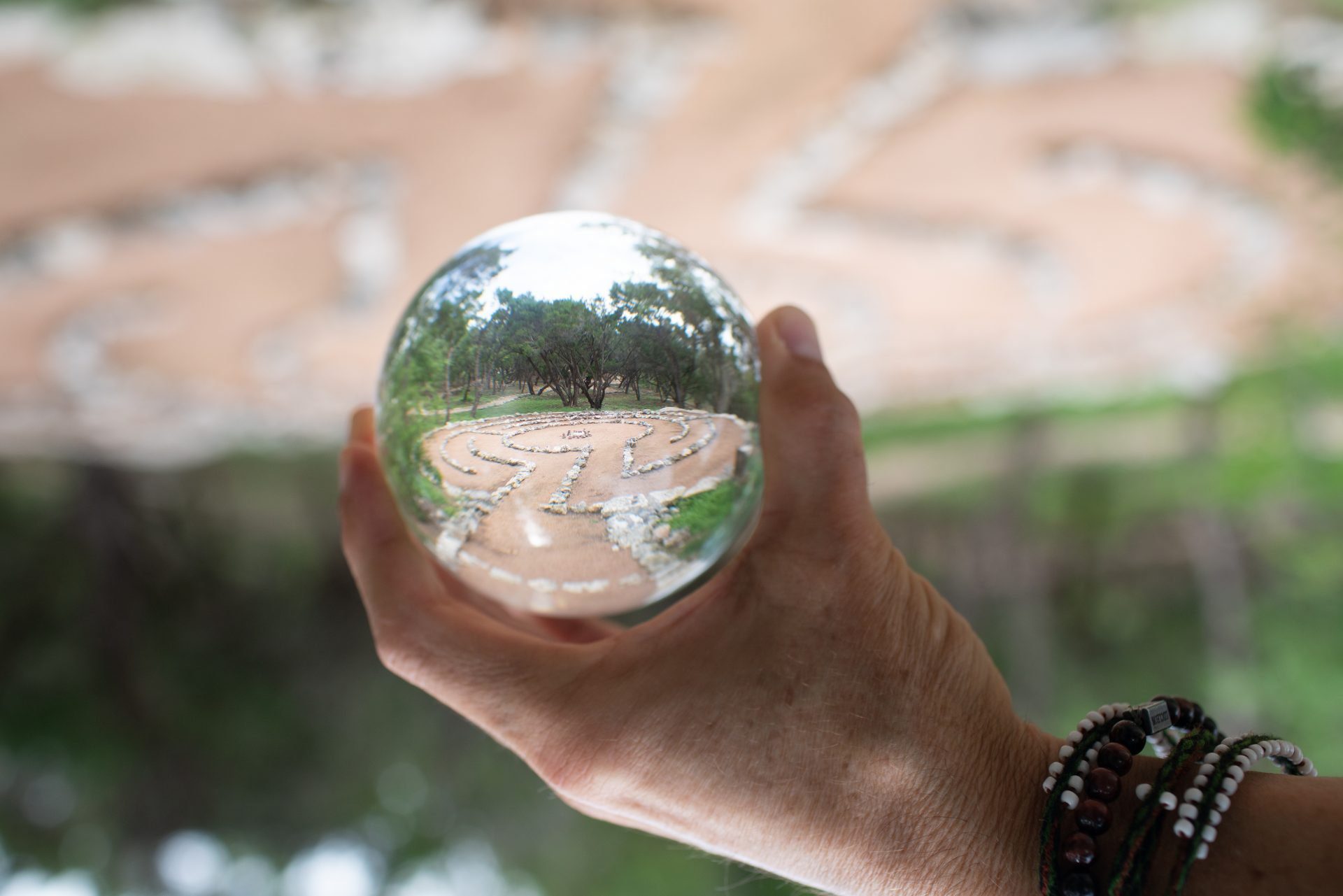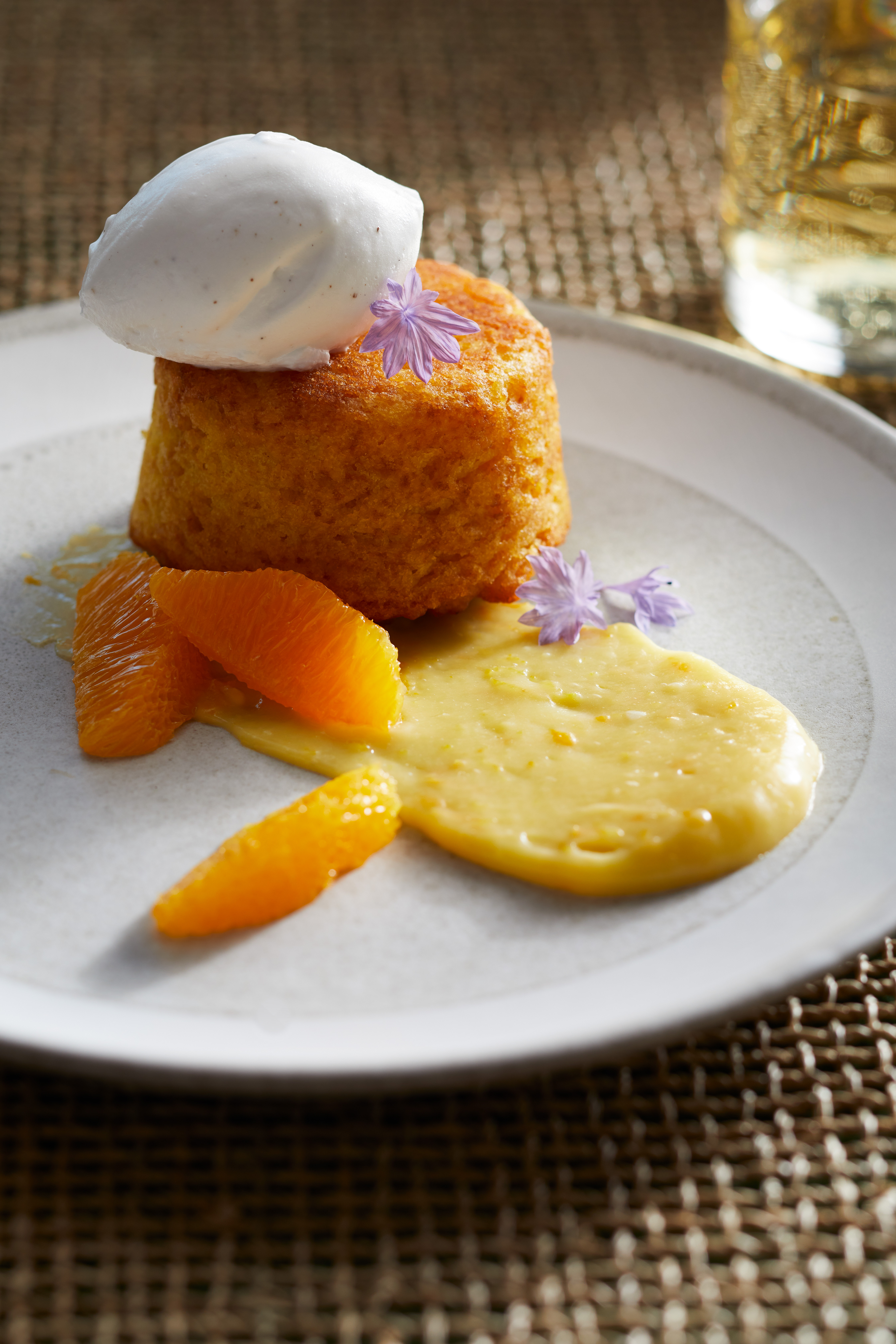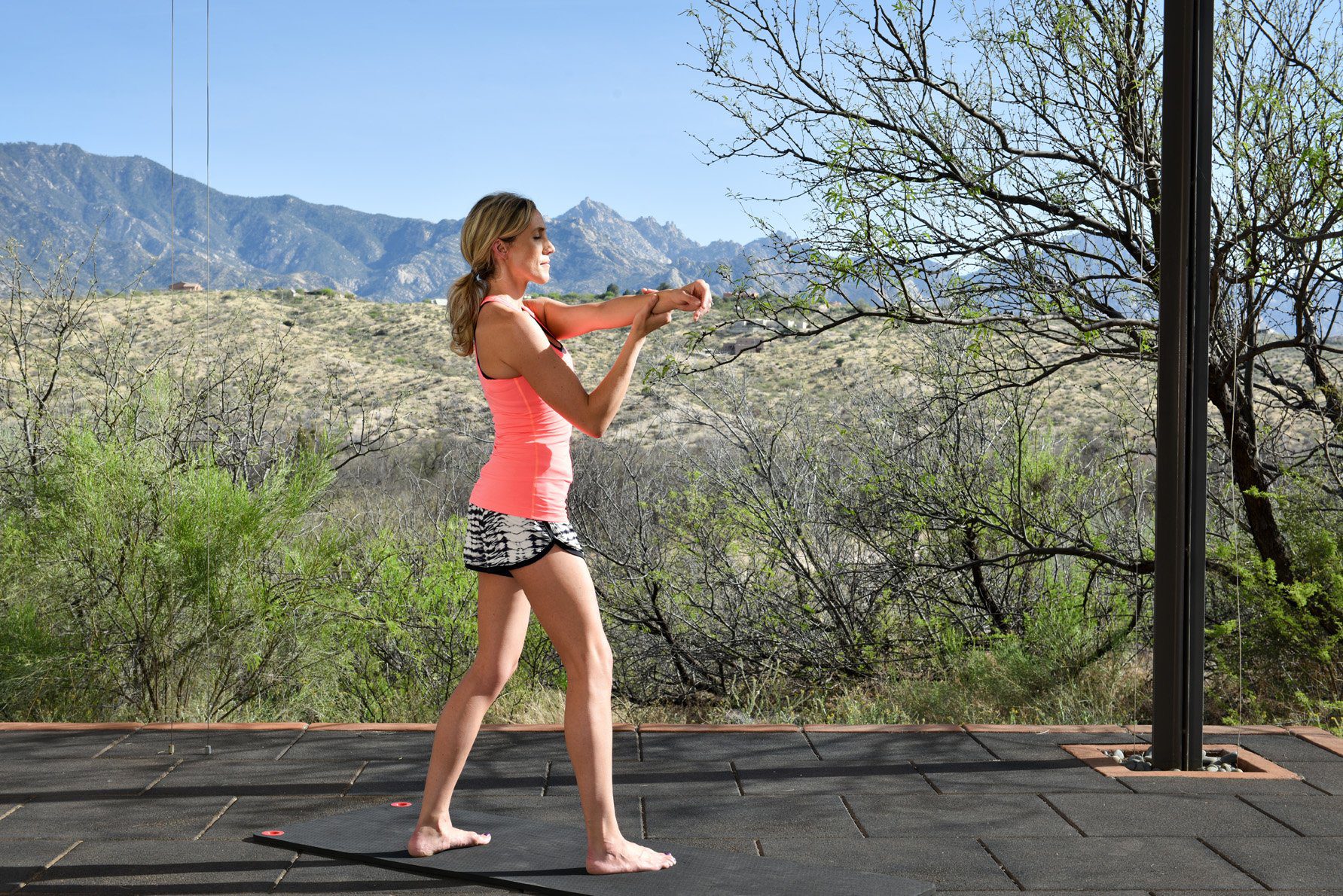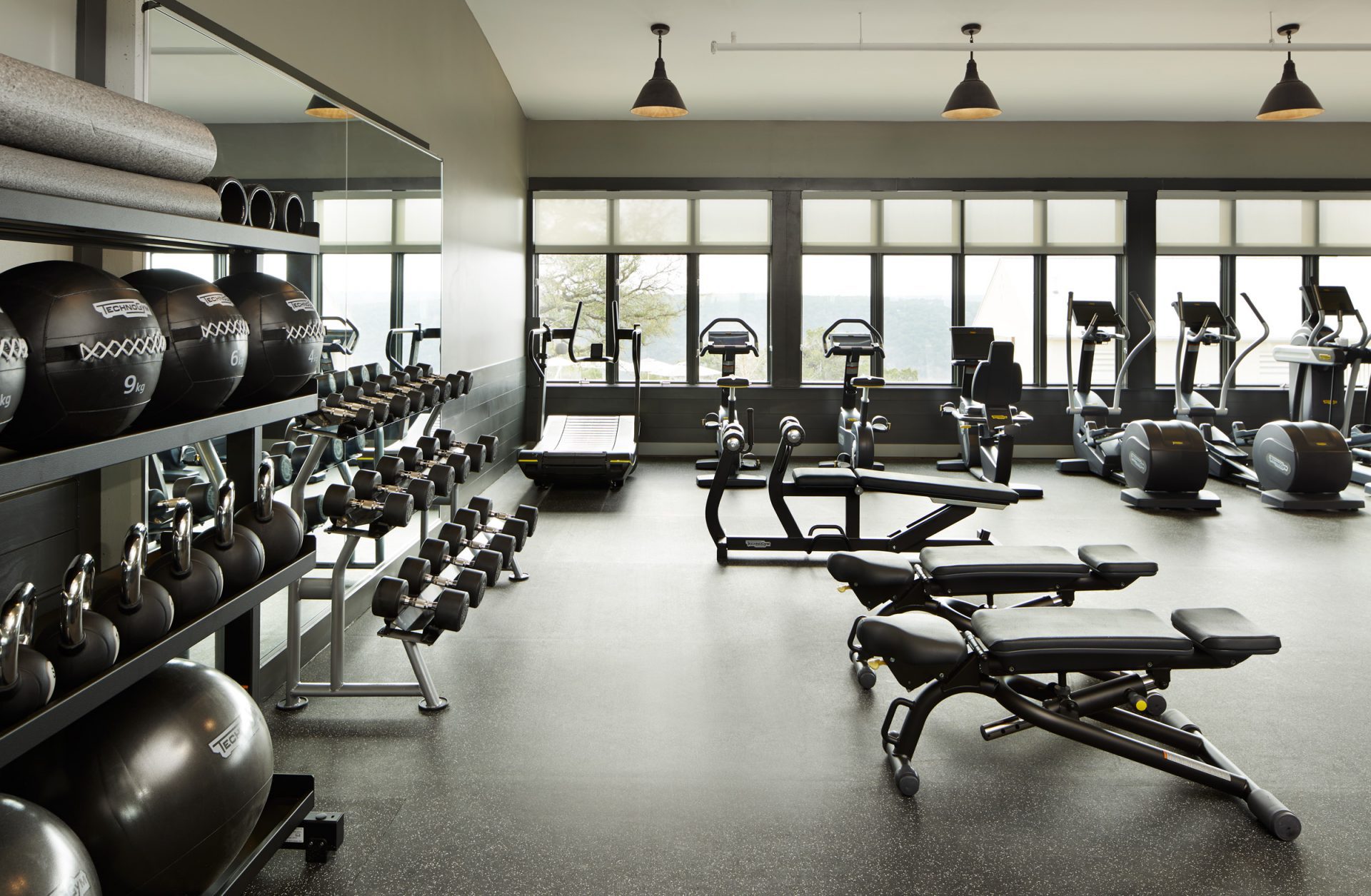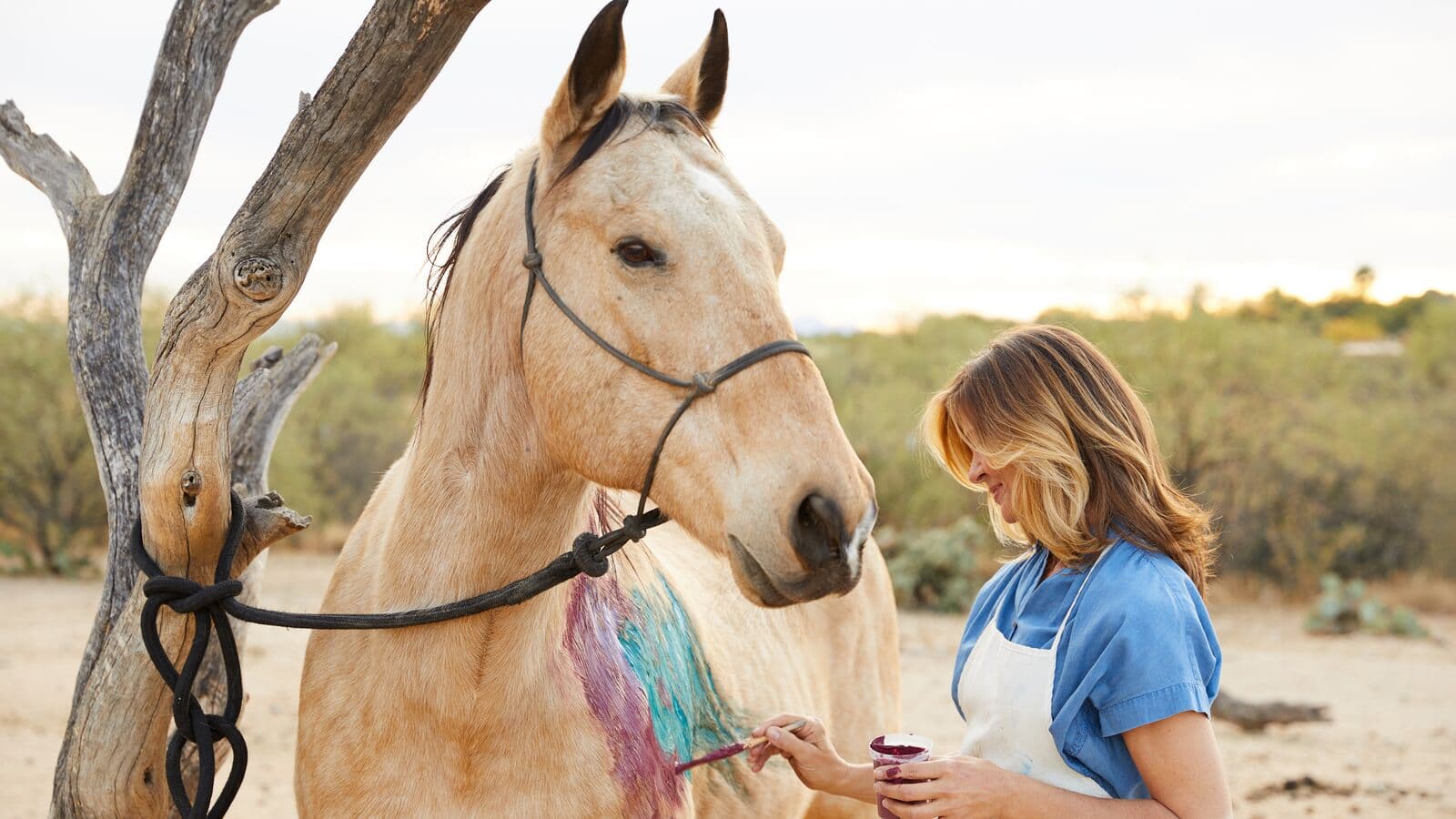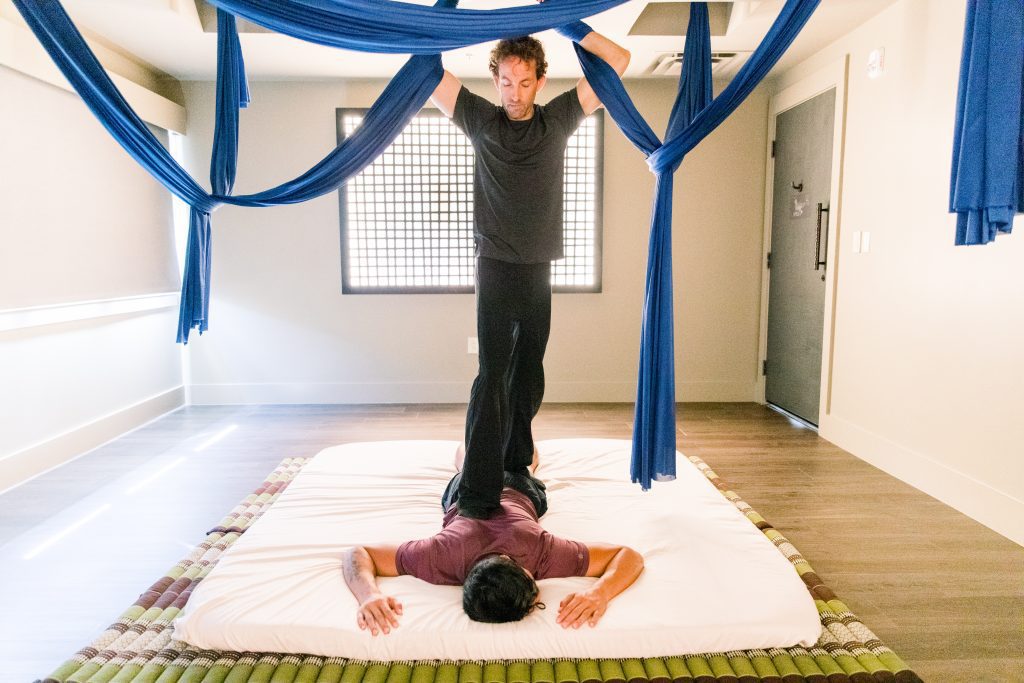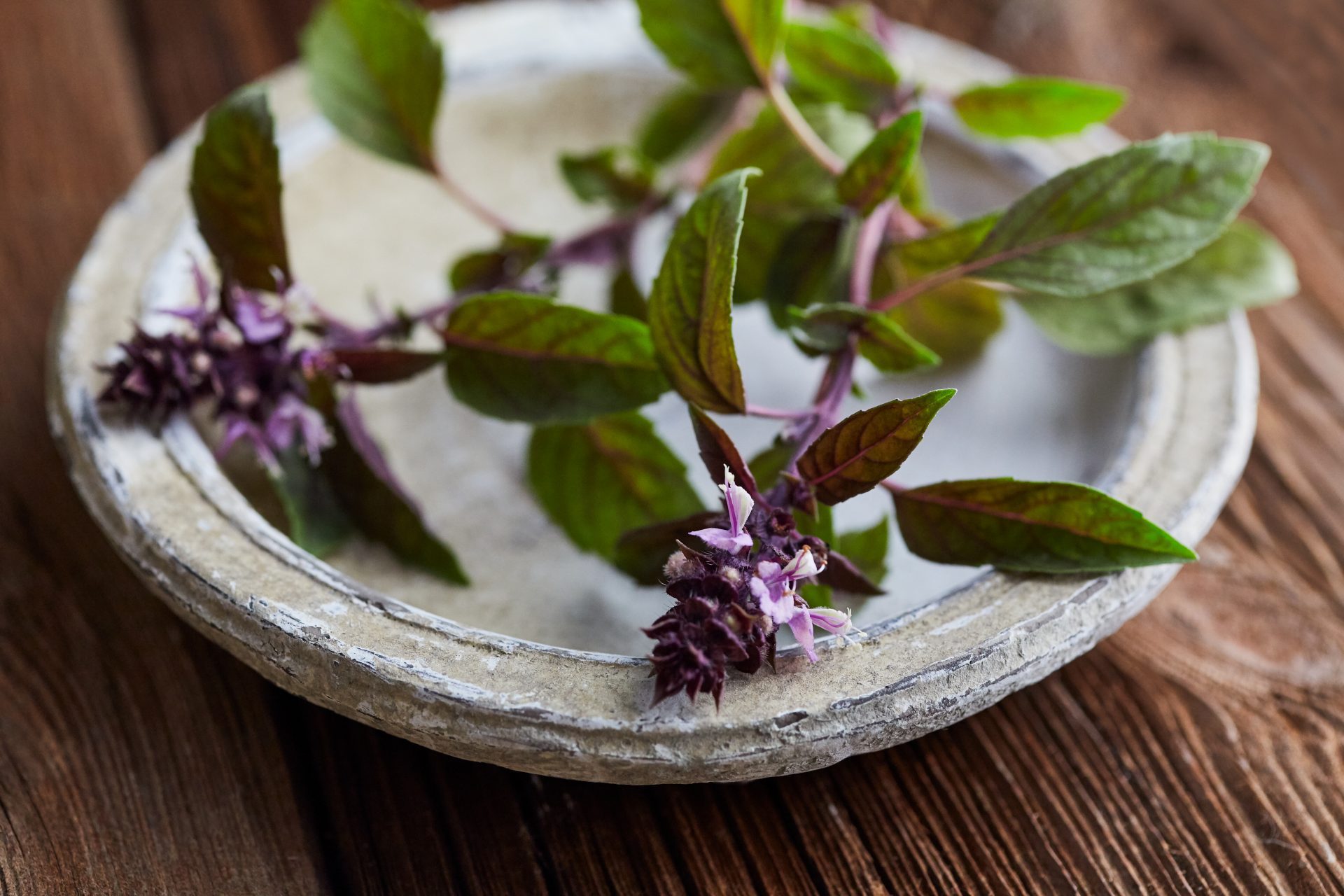Catherine Price is Miraval’s Digital Wellness Ambassador, founder of Screen/Life Balance®, and author of books including How to Break Up With Your Phone and The Power of Fun: How to Feel Alive Again. She helps people scroll less and live more. Guests can learn more about her work—and get her books, plus more resources and practical tips—at ScreenLifeBalance.com (and @_catherineprice on Instagram, where she does her best to use social media for good!).
The Power of Fun
Guest post by Catherine Price is Miraval’s Digital Wellness Ambassador, founder of Screen/Life Balance
In the craziness of our everyday lives, we think of fun as a frivolous afterthought—that is, if we think of it at all. It’s nice when it happens, but when it comes to our priorities, it’s often at the bottom of our list.
I personally became interested in fun as a result of my previous book, How to Break Up With Your Phone. I found that once I started spending less time on my phone, I ended up with more free time—which was theoretically great, except for one thing: I didn’t know what I wanted to do with it.
I decided to sign up for an adult guitar class, and before long, it was a highlight of my week. When I was in class, I felt happy and energized, buoyed by exuberance and lightness that I didn’t often feel when I was sitting alone at my desk. What’s more, the feeling lingered for days.
At first, I thought that my ebullience must be the result of the guitar-playing itself. But while I did enjoy learning a new skill, that wasn’t it. And then, I put my finger on it: the reason I felt so happy was that I was having fun.
But not “fun” in the cheapened sense with which we often use the term. (We often use “fun” to describe any activity that doesn’t qualify as work—even if it isn’t ultimately satisfying or enjoyable.) Instead “True Fun,” as I decided to call it, is the magical feeling we get when we experience the confluence of playfulness, connection and flow.
The more I learned about fun—or, more specifically, about the benefits of playfulness, connection, and flow—the more passionate about fun I became. I realized that having fun didn’t just make me feel good; by lowering my stress levels and bringing me closer with other people, it was good for my health as well. I became convinced that, far from being frivolous, fun is actually the secret to a happy and healthy life.
In my new book, The Power of Fun: How to Feel Alive Again, I make the case for why fun is essential and lay out a step-by-step plan for how to have more of it.

Here are some tips to help you get started.
- Make a distinction between “True Fun” and “Fake Fun.” True Fun is an active and engaged state that makes us feel fully alive. “Fake Fun,” on the other hand, refers to activities and products that are marketed to us as “fun,” but that do not actually result in playful, connected flow, and that, while initially enjoyable, often leave us feeling empty or as if we’ve wasted our time—for example: binge-watching Netflix till your eyes glaze over, or spending hours mindlessly scrolling through your phone. (You can think of fake fun as being like junk food.) Your goal is to cut back on fake fun so that you have more time for the real thing.Miraval Mode can help: the more boundaries you have with your devices, the more present in your everyday life you will be, and the easier it will be for you to recognize opportunities for connection, experience connection, and slip into flow.
- Do a “Fun Audit.” You can do this on your own, but it will be more rewarding—and fun!—if you recruit some friends or family members to do it with you. I refer to these groups as “fun squads,” and they can be a great way to hold yourself accountable.Regardless of whether you’re doing this on your own or with other people, start by taking the Fun Personality Quiz (available at HowtoHaveFun.com) to see which of the four fun personality types you are.Next, call to mind three experiences in your life that you would describe as having been truly fun — moments in which you felt joyfully alive. Write these down in a journal or a notebook, and don’t feel bad if it takes a while. Many people have gotten so overwhelmed by the responsibilities of adult life that they have trouble remembering what it’s like to lose themselves in fun.
- Once you’ve recorded three memories, ask yourself: what were you doing? Who were you with? And where were you? These are examples of your “fun magnets”—that is, activities, people and settings that typically generate fun for you.
- Make room on your schedule for one (or more!) of your fun magnets. These could be bigger events that you look forward to, such as a weekend away with a particular group of friends. Or they could also be smaller things, such as a weekly class or coffee date, that are easier to work into your schedule on a regular basis.
- Next, identify your fun factors. These are the characteristics that made your fun magnets fun. Examples of fun factors include music, physicality, nature, spontaneity, intellectual stimulation, and competition.
- Try something new. Use your fun factors to come up with something new to try. For example, if physicality is one of your fun factors, why not sign up for a dance class, or try a new sport? Don’t be afraid if you’re not immediately good at it; perfection isn’t the point. (In fact, in many cases, the sillier it is, the better!)
- Make space for fun. You may need to create space—either in your schedule or in your head—to make room for fun. Start by reclaiming some of the time you’re currently spending on fake fun—for example, by reducing the number of hours you spend on social media.
- Keep at it! Once you’ve figured out some of your fun magnets, make a point to always have at least one on your schedule—the goal is to always have something fun to look forward to.



